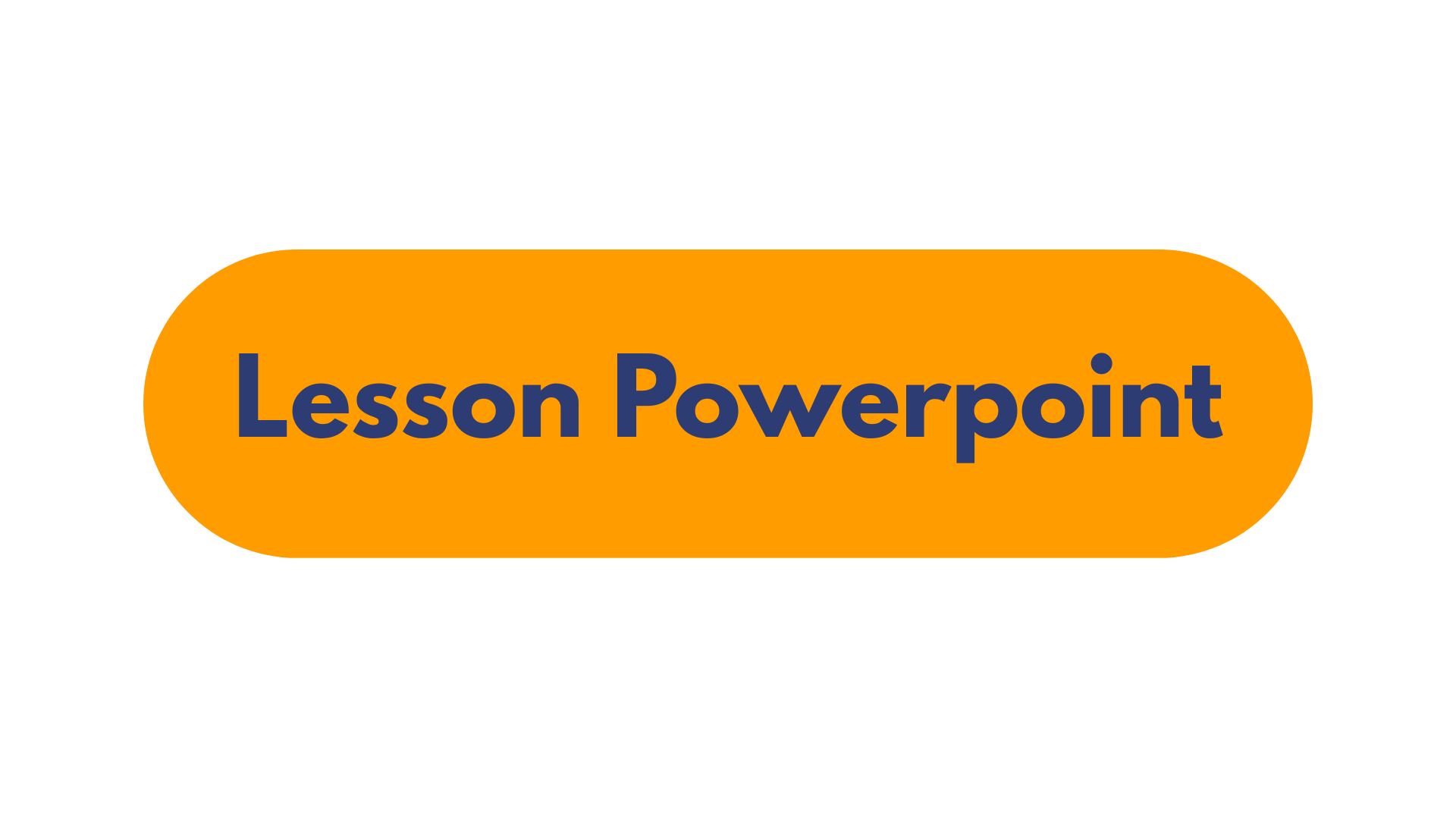K2L12 Eggs-periment
Lesson Duration: 45 minutes
Grade: K2
Preparation Time: 15 minutes
Learning Objectives
- Children will explore the physical properties of eggs using their senses.
- Children will enhance their English vocabulary by describing observations.
- Children will make predictions and compare findings in a scientific manner.
Materials Needed:
- 4 eggs (2 raw and 2 boiled, unmarked)
- 2 balance scales
- A collection of blocks for weighing
- 2 tall transparent containers filled with water
- Worksheets for recording observations
- Song: I Love Science Song
Preparation:
- Familiarize with the I Love Science Song to share in the children's joy.
- Familiarize with the related subject knowledge to ensure the smooth flow of the demonstration and explorations.
- Charge the atmosphere with a positive vibe, ready to encourage and assist the young explorers.
- Review the safety precautions and procedures for the experiment.
- Set up tables for children to sit in groups with the required materials.
- Prepare the materials on each table without indicating which eggs are boiled.
Lesson Procedure
1. **Warm-up Singing (5 minutes)**
- Fill the room with music and excitement!
- Play the I Love Science Song and guide our little scientists in song and dance. The I Love Science Song is our anthem for curiosity and joy.
2. **Engagement (10 minutes)**
- Introduce the day's activity with a fun fact about eggs and their importance in science.
- Assign 2 eggs to each table, without revealing which group has the raw or boiled eggs.
- Emphasize the importance of handling the eggs gently and not tasting them during the exploration.
- Guide the children to use their senses of sight, touch, smell, and hearing to examine the outside of the egg and describe its features.
3. **Exploration (15 minutes)**
- Guide the children to use the balance scale to measure the egg's weight using blocks.
- Instruct the children to record the weight on their worksheets.
- Initiate a discussion on whether they think their egg will float or sink when placed in water, encouraging them to share their thoughts.
- Proceed to test their predictions by gently placing the eggs in a container of water and observing the outcome.
- Move on to examine the inside of the egg by cracking it open carefully into a provided box at the teacher's signal.
- Encourage them to observe the differences between a raw and a boiled egg from the inside, using their observations to verify their earlier predictions about buoyancy.
4. **Observation and Discussion (10 minutes)**
- Compare the recorded weights and visual observations from both teams.
- Facilitate a discussion to help children understand the characteristics of raw versus boiled eggs based on their hands-on experiences.
5. **Tidy Up (5 minutes)**
- Time to tidy up! Make it fun – who can be the neatest explorer?
- Reflect on the day's journey with a simple recap of their scientific adventure.
- Offer heartfelt praise for their efforts and the new knowledge they've gained.
6. **Ending (if time allows)**
- As we close, sing once more. The I Love Science Song is our anthem for curiosity and joy.
## Teacher Note:
- Your positive energy sets the tone for the class; infuse each moment with encouragement.
- Prepare thoroughly to ensure you can confidently guide the children through the investigation.
- Safety is paramount; ensure all children handle the eggs and equipment carefully.
- Foster a spirit of exploration and experimentation, praising each child's efforts and discoveries.
- You're not just teaching facts; you're igniting a lifelong passion for learning. Your support is invaluable to their development.
## References for exploration:
https://www.youtube.com/watch?v=Y4JyV94y2_A
